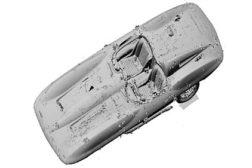Bill Fetter
Bill Fetter is the director of marketing for Hexagon Metrology Inc. (North Kingstown, RI) and Gary Hobart is a sales manager for Vision products. For more information, call (847) 214-5234, e-mail William.Fetter@HexagonMetrology.com or visit www.hexagonmetrology.us.
ARTICLES
Stay in the know with Quality’s comprehensive coverage of
the manufacturing and metrology industries.
eNewsletter | Website | eMagazine
JOIN TODAY!Copyright ©2025. All Rights Reserved BNP Media.
Design, CMS, Hosting & Web Development :: ePublishing
